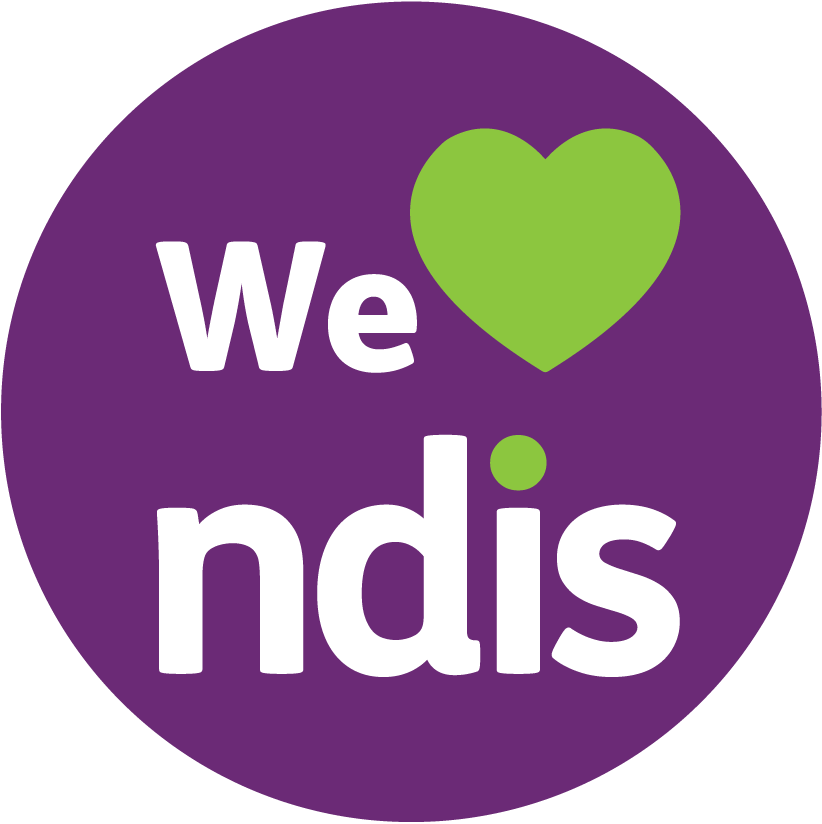While music therapy is one of the lesser-known Allied Health services, there’s actually a lot of research to back up its benefits. Plus, it’s also an NDIS-approved support that you may be eligible to access.
Join us for a closer look at music therapy: what it is, how it works, and the NDIS side of things. And who knows? After reading this, you might decide that music therapy could hit all the right notes… or strike a chord… or be key to wellbeing… OK, OK, we’ll stop with the music puns, there’s no need to harp on about it. Oops, sorry! Last one, we promise.
What is music therapy?
Music therapy is a highly specialised Allied Health service. A Registered Music Therapist will plan, facilitate, and evaluate tailored music therapy programs for clients depending on their goals. It’s useful for a range of needs, which we’ll get into in just a moment.
Music therapy and the NDIS
Music therapy is indeed an approved NDIS support. You may be eligible to access it if:
- The NDIS deems it reasonable and necessary for you to achieve your goals
- It is provided by a therapist registered with the Australian Music Therapy Association
- You have Capacity Building funding, specifically in the Improved Daily Living Skills category
If you are having trouble securing funding for this (or any therapy that could help you achieve your goals), talk to your Support Coordinator or Psychosocial Recovery Coach about applying for a plan review.
Enhanced Lifestyles Support Coordinators and Psychosocial Recovery Coaches understand the benefits of music therapy and work hard to support their customers to access it. In fact, we love it so much that one of our adverts featuring Support Coordination customer Kathryn was inspired by music/dance therapy. Watch it below.
A typical session
According to Cleveland Clinic, a session of music therapy can include one or more of the following activities:
- Listening to music
- Creating music (writing a song or composing a melody)
- Singing
- Playing an instrument
- Discussing lyrics
- Dancing or moving to music
Of course, these activities are tailored to your needs and goals, and you might be surprised by how versatile it is. Keep reading to find out the types of goals that music therapy can help you achieve.
Benefits of music therapy
According to the Australian Music Therapy Association, music therapy can support improved behaviour, thinking, communication, mood, and movement. Here’s how it works for each of those target areas.
1. Music therapy for behaviour
Music therapy can be a key part of a positive behaviour support toolkit, helping with the management of triggers and regulation of mood and emotions.
Relevant goals include:
- Developing a positive behaviour plan
- Increasing community participation or social engagement
- Managing anger and frustration
- Managing challenging behaviour
- Improving behaviour or mood regulation
An example of music therapy intervention for behaviour-related goals:
- Creating a simple, repetitive song to help you remember behaviour management strategies
2. Music therapy for cognition
Making music uses many different parts of the brain, so practicing this skill with guidance from a therapist can help improve attention, motivation, memory, and organisation over time.
Relevant goals include:
- Increasing independence and/or community participation
- Developing emotional regulation
- Improving motivation
- Improving attention (including alternating, selective, and sustained attention)
- Improving executive functioning (planning, inhibition, self-monitoring, and organisation)
- Improving memory
- Improving sensory processing and integration
- Developing arousal and awareness
Examples of music therapy intervention for cognition-related goals:
- Writing a song to guide you through a routine or steps of a task
- Working together with the therapist to compose a melody or write some basic lyrics
3. Music therapy for communication
Where verbal communication is lacking, speech therapy isn’t the only technique that can help: singing can, too. Plus, processing music uses different parts of the brain than speaking – there have been many people who can sing but cannot speak.
Relevant goals include:
- Reducing social isolation
- Developing communication skills (including social understanding, non-verbal communication, and the use of language for different purposes)
- Managing stuttering
- Developing receptive language and/or expressive language
- Developing speech articulation and pronunciation
- Developing phonological awareness
Examples of music therapy intervention for communication-related goals:
- Using rhythmic cues to prime verbal communication
- Picture cards paired with singing
4. Music therapy for community participation
Music therapy can help remove barriers to community participation by encouraging the client to discover (or rediscover) interests and hobbies. Certain techniques are used to build social skills, such as reducing impulses and building recognition of cues.
Relevant goals include:
- Increasing social interaction, inclusion, and participation
- Developing social relationships
- Developing social skills
- Building a sense of purpose and empowerment
Examples of music therapy intervention for community participation-related goals:
- Using musical cues to encourage waiting and control impulses that disrupt conversation
- Using a group therapy setting to practice taking turns, improving collaboration
5. Music therapy for motor skills and mobility
Actively participating in musical experiences uses many parts of the brain. The area responsible for coordinating movement (the basal ganglia, if you’re interested) is also responsible for processing rhythms and movement patterns, so it makes sense that engaging it can help improve its functioning.
Relevant goals include:
- Increasing physical independence
- Improving overall mobility
- Increasing respiratory function
- Increasing oro-motor control
- Improving fine and gross motor function and control
- Developing balance and equilibrium
An example of music therapy intervention for motor skills and mobility-related goals:
- Using a metronome beat to organise and gradually train movements
—
There you have it! If music therapy sounds pitch-perfect (please help, we can’t stop) for you, talk to your Support Coordinator or Psychosocial Recovery Coach about giving it a go! If you don’t have either of these in your support network, click the links to learn more or contact us to see how we can help.
—
Resource: Australian Music Therapy Association. (2019). Music Therapy in Disability Information Booklet.







